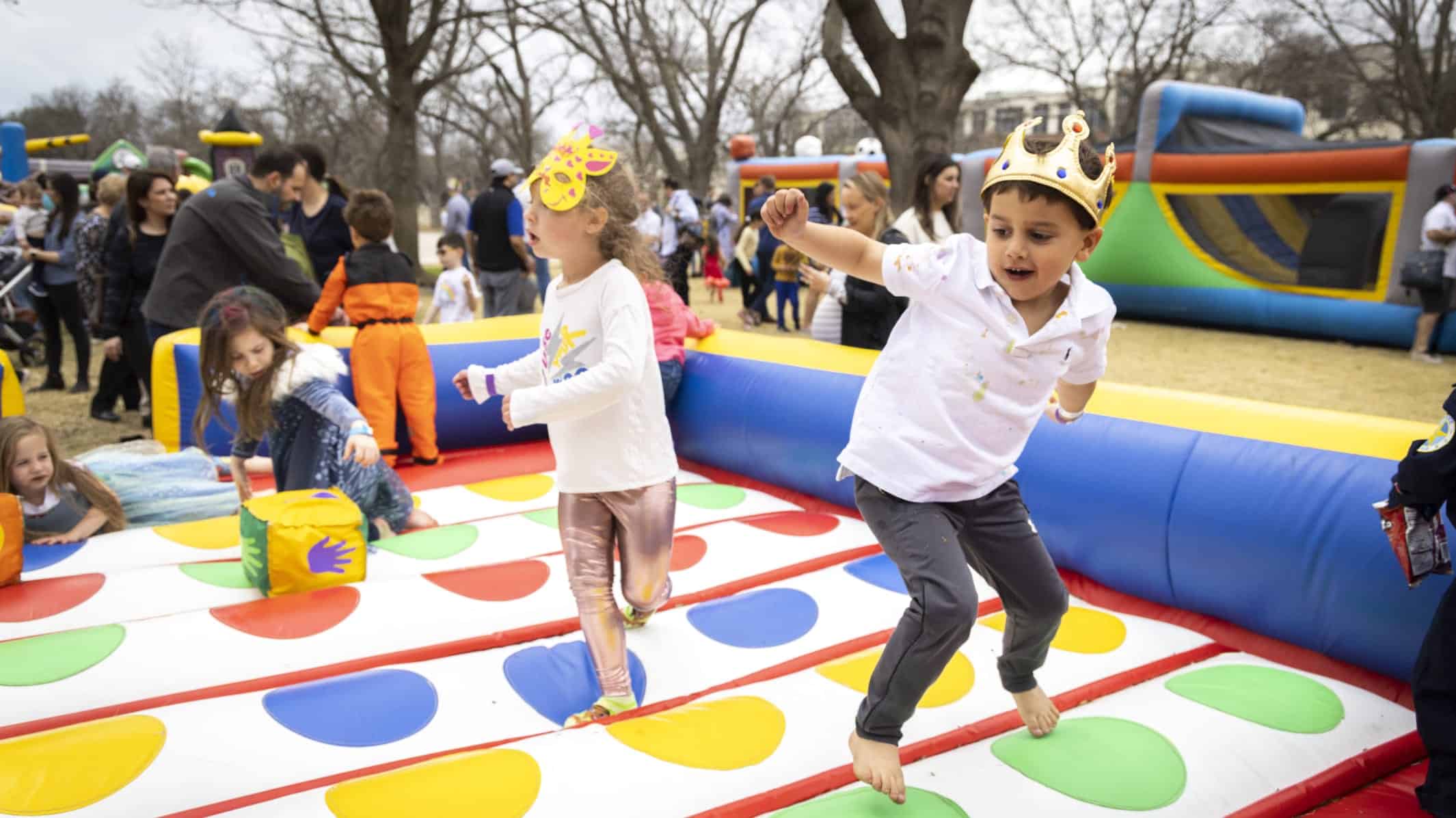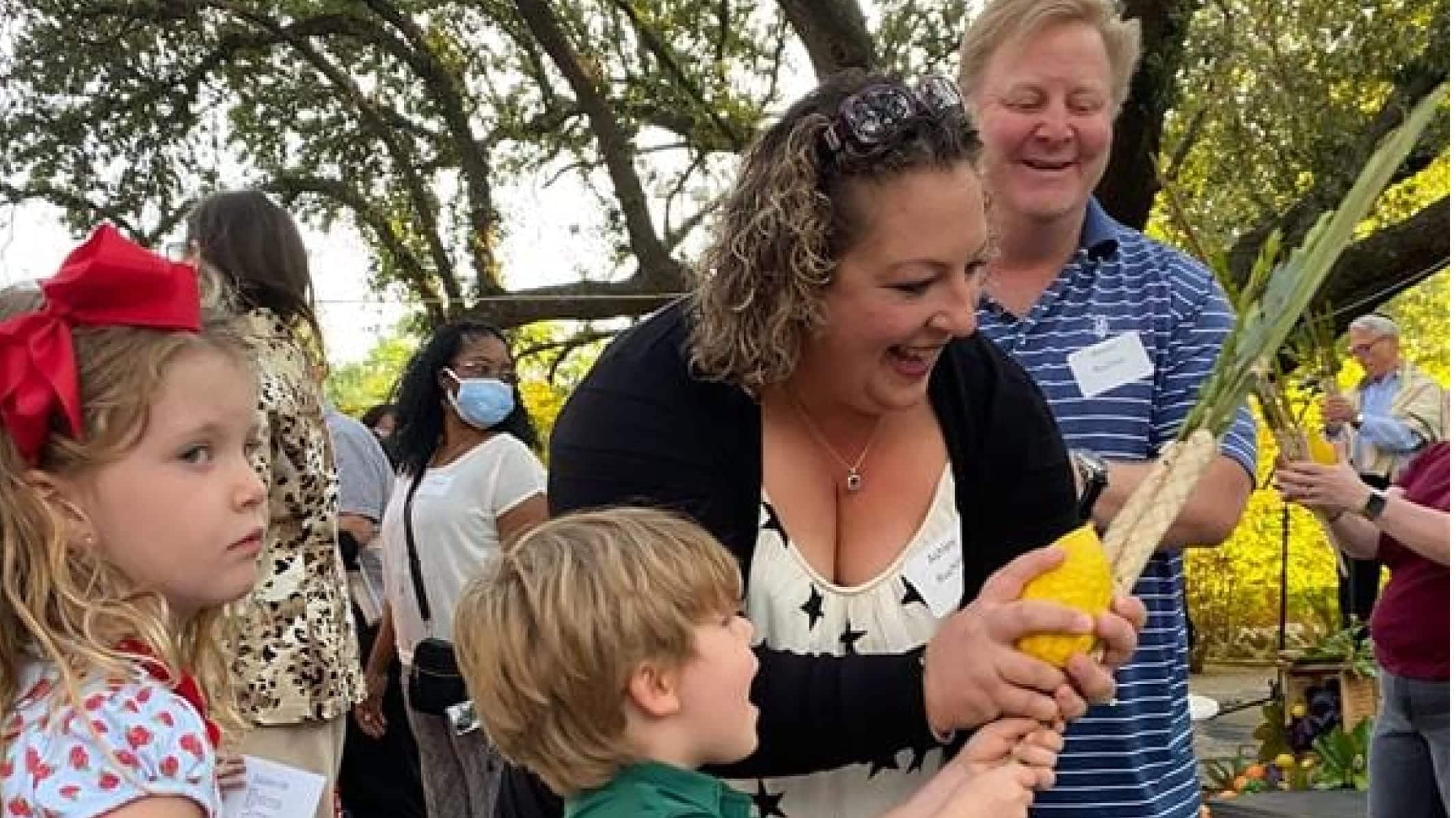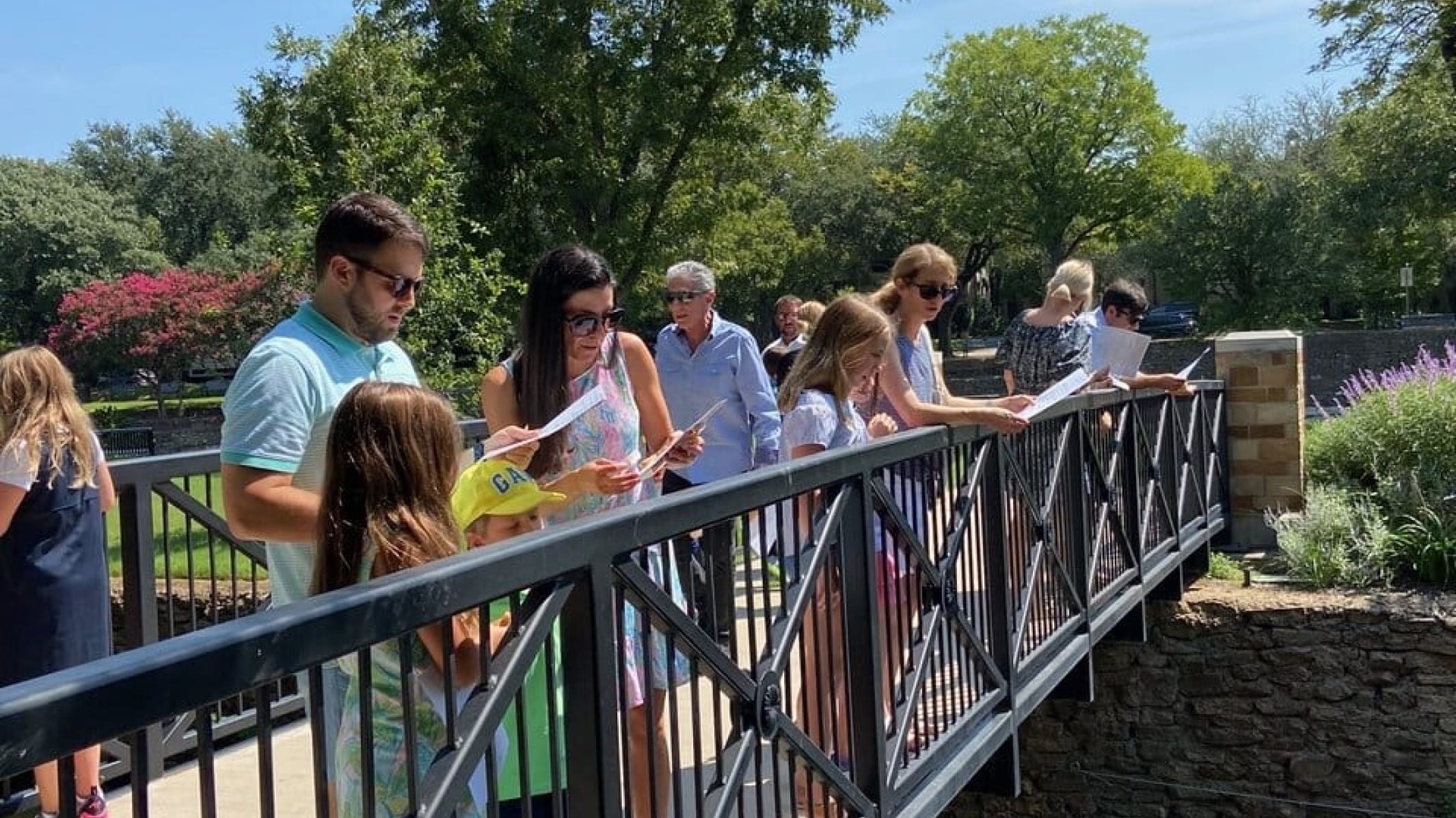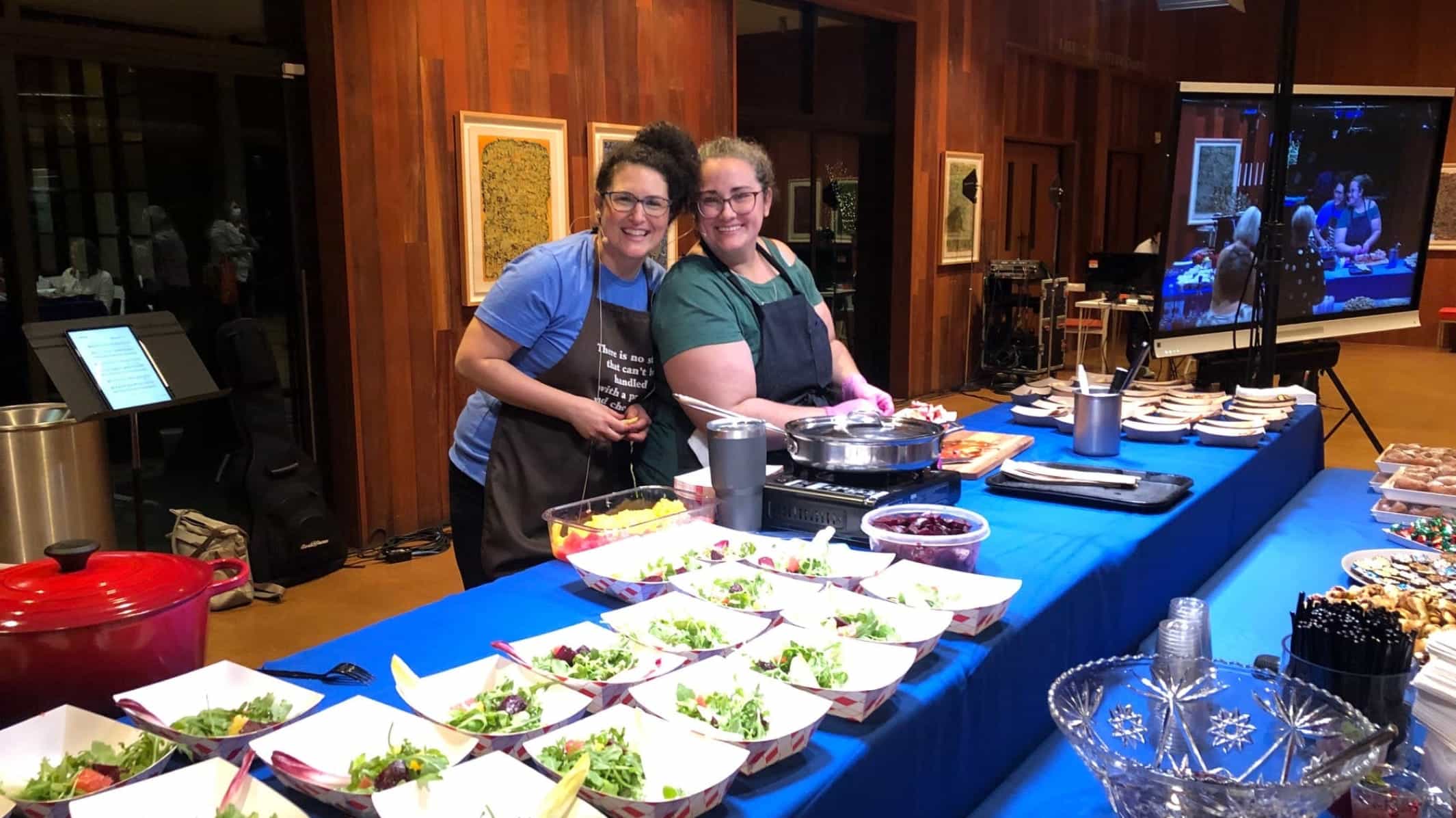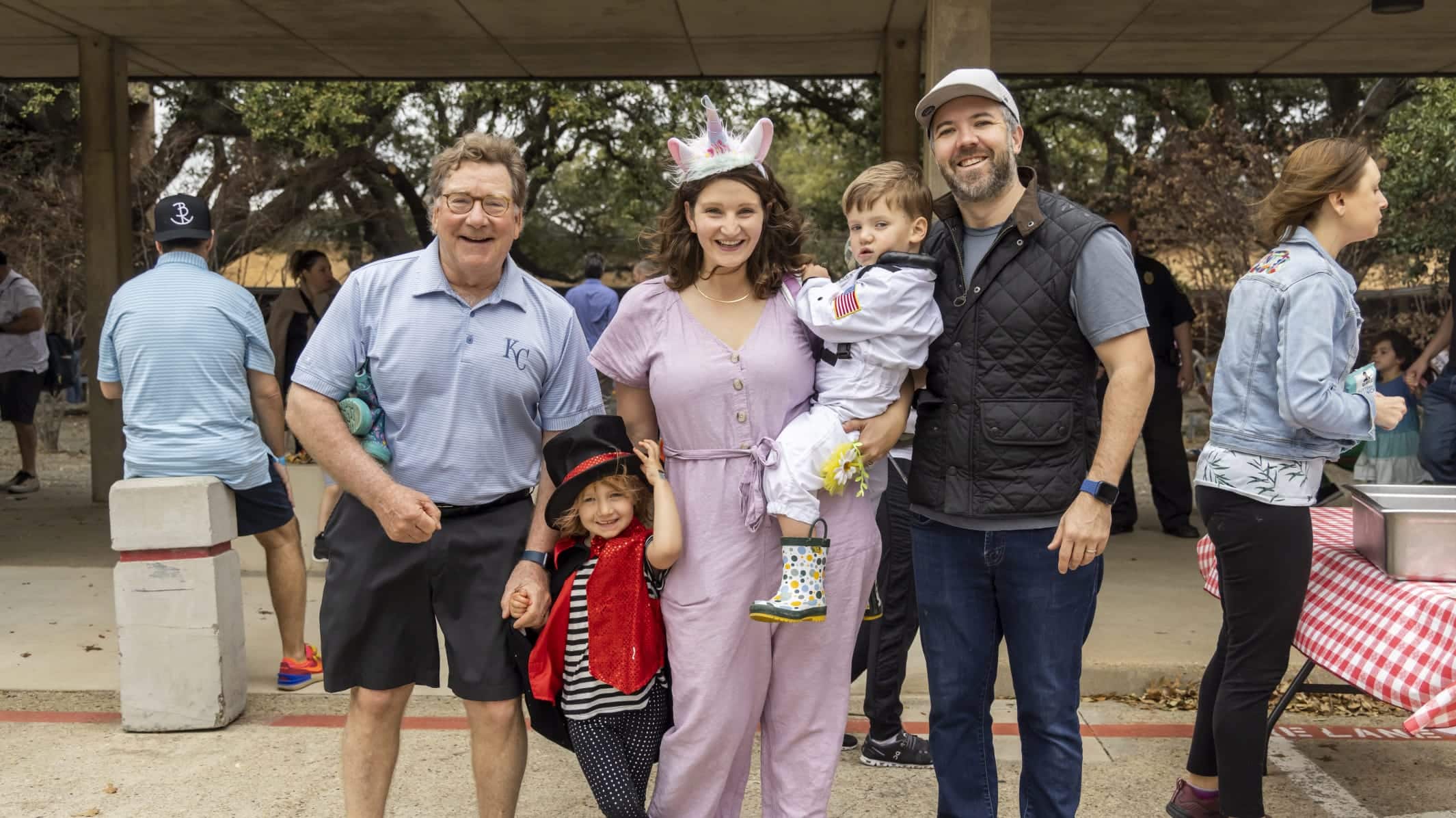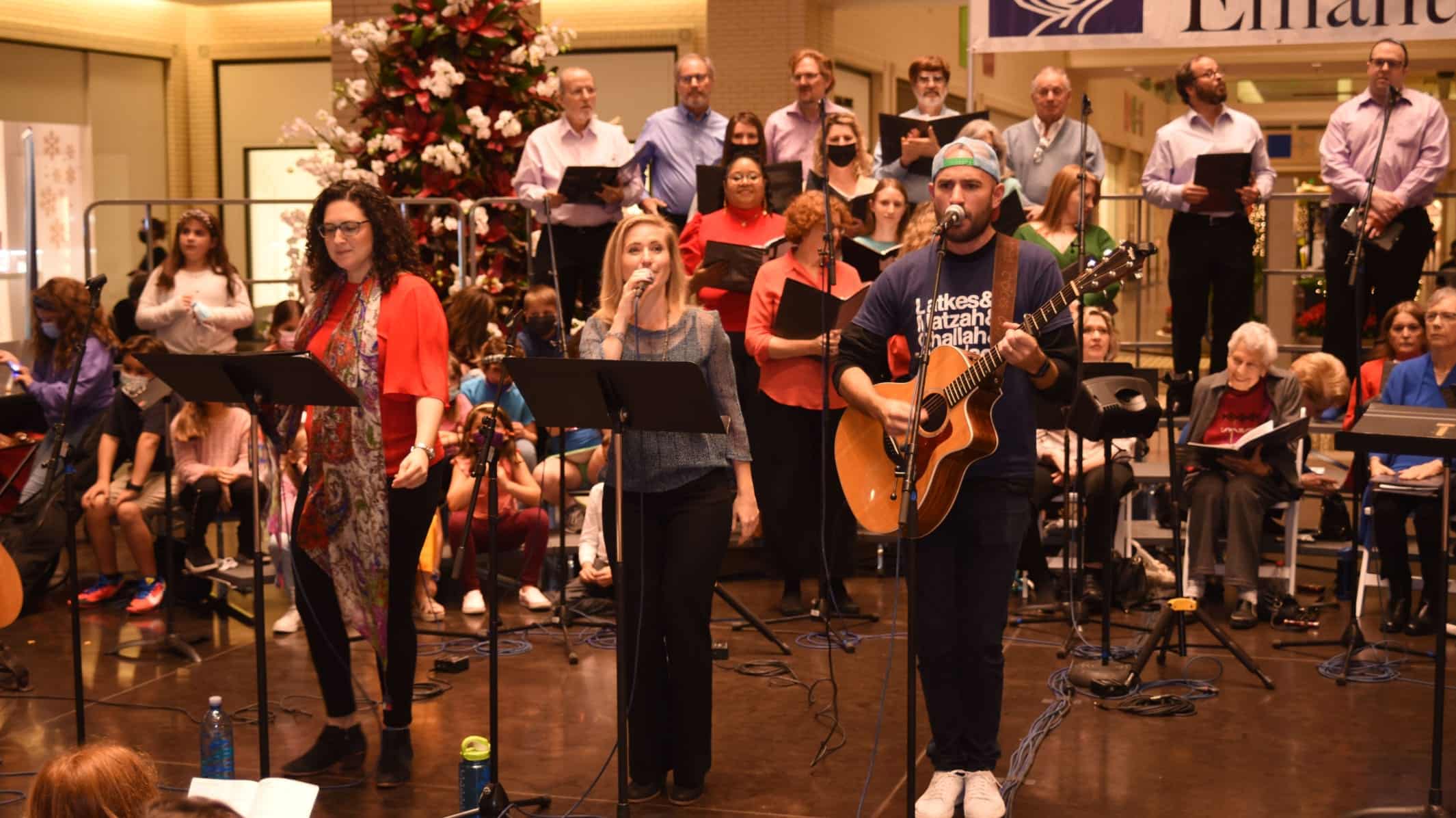Seasons of our Community
Holidays are an integral part of Temple Emanu-El and provide an opportunity to pray, learn and celebrate as a community. Information about the current year’s celebrations will be added as details are available.
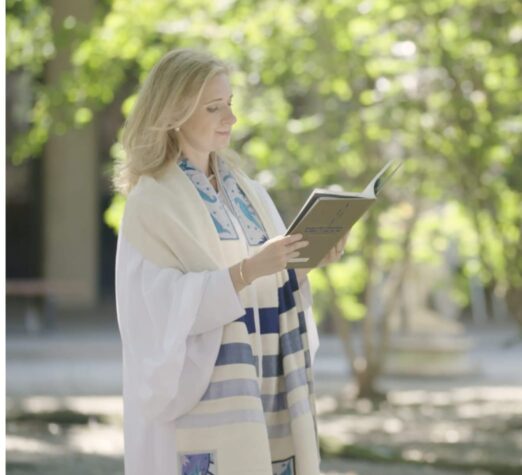

PASSOVER
Passover is the seven-day celebration of freedom that begins on the 15th of Nisan. It is one of the most beloved of Jewish holidays and is marked by seders, festive celebrations at home or with members of the community, on the first and second nights.
TISHAH B'AV
Meaning “ninth of Av,” Tishah B’Av is a traditional day of mourning the destruction of both ancient Temples in Jerusalem. In Reform Judaism it has become our practice to remember Jewish tragedies in our history and recommit ourselves and our community to Jewish life.
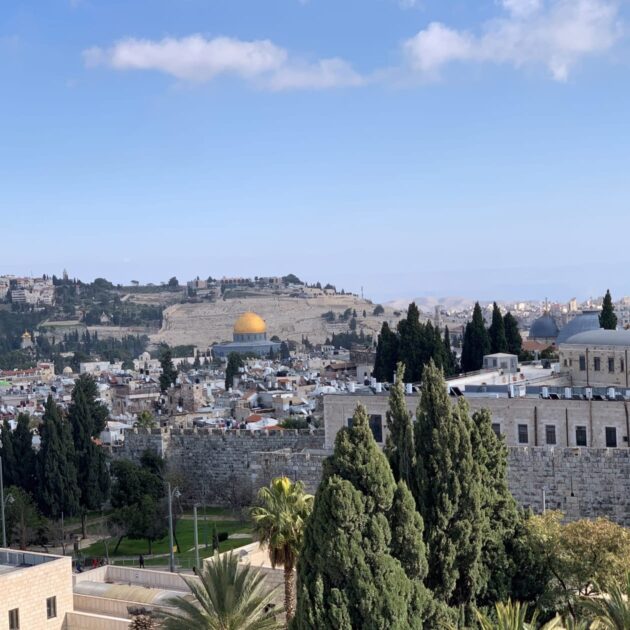
THE HIGH HOLY DAYS SEASON
ELUL
Elul is the Hebrew month leading to Rosh Hashanah, a month of preparation, of exercising those muscles of introspection and challenge: How will I enter the Season of Awe and what can I do now to get ready? Temple is here to help, with a month of learning, prayer and opportunities for connection.
SELICHOT
Selichot takes place at the conclusion of the Shabbat before Rosh Hashanah. It’s a reflective service that begins the work of reflection and renewal. Hear the first sounds of the melodies that open our hearts and hear the resounding call of the shofar.
ROSH HASHANAH
The Jewish New Year has many names: Rosh Hashanah (Head of the Year), Yom Teruah (Day of Blasting the Horn), Yom HaZikaron (Day of Remembrance) and Yom HaDin (Judgment Day). We pray for God’s compassion for us in judgment and we seek forgiveness from our loved ones and ourselves.
YOM KIPPUR
On Yom Kippur, the Day of Atonement or the Sabbath of Sabbaths, we pause to consider our mortality and the possibility of renewal that is available to all of us. Yom Kippur evening begins with the stirring sounds of Kol Nidre. Throughout the evening and the next day, we ask forgiveness for our wrongdoings and reflect about how to be better people. As services conclude at N’ilah with the symbolic closing of the gates for another year, we ask God for continued blessings.
SUKKOT
Sukkot (literally, “booths”) is one of the three pilgrimage festivals, along with Passover and Shavuot, that were originally agricultural celebrations. Also known as the Feast of Booths of Feast of Tabernacles, Sukkot marks the fall harvest. Its significance, however, goes beyond being a holiday of thanksgiving for the harvest. In the Amidah, Sukkot is described as “the time of our rejoicing.” The special significance and joy of Sukkot cannot be removed from the fact that it falls on the heels of the 10-day period of introspection and repentance beginning with Rosh Hashanah and ending with Yom Kippur, to which it brings a sense of completion and spiritual gratification.
SIMCHAT TORAH
This festive holiday celebrates the cycle of the Torah, with the reading of the last few verses of Deuteronomy and the first verses of Genesis. It is one of three festival services in which Yizkor is recited.

HANUKKAH
Hanukkah, meaning “dedication” in Hebrew, refers to the joyous eight-day celebration during which Jews commemorate the victory of the Macabees over the armies of Syria in 165 B.C.E. and the subsequent liberation and rededication of the Temple in Jerusalem. The modern home celebration of Hanukkah centers around the lighting of the hanukkiyah, a special menorah for Hanukkah; unique foods, latkes and jelly doughnuts; and special songs and games.
TU BISH’VAT
Named for the 15th day of the month of Shevat, the festival of Tu BiSh’vat is known as the New Year of the Trees or the Trees’ Birthday. Although it’s hard to believe when you live in the United States, this time of year is the beginning of spring in the Middle East. It’s traditional to eat fruits from Israel during Tu BiSh’vat, such as figs, dates, grapes, olives and pomegranates. It’s also traditional to eat fruits you haven’t tasted in a long time (or ever) and to say the Sh’hechiyanu (a prayer for experiencing something new). In the U.S., Tu BiSh’vat is seen as a time to celebrate nature and affirm our relationship to the earth. Many participate in seders at home or in a synagogue with special focus on fruits and greens of the holiday.
PURIM
Purim is celebrated by the reading of the Scroll of Esther, known in Hebrew as the Megillat Esther, which relates the basic story of Purim. Under the rule of King Ahashuerus, Haman, the King’s prime minister, plots to exterminate all of the Jews of Persia. His plan is foiled by Queen Esther and her cousin Mordechai, who ultimately save the Jews of the land from destruction. The reading of the megillah is typically a fun affair, punctuated by booing and noise-making when Haman’s name is read aloud. Purim celebrates the Jews’ escape from extinction in Persia.

